 |
Piping Isometric |
Unlike orthographics, piping isometrics allow the pipe to be drawn in a manner by which the length, width and depth are shown in a single view. Isometrics are usually drawn from information found on a plan and elevation views. The symbols that represent fittings, Valves and flanges are modified to adapt to the isometric grid. Usually, piping isometrics are drawn on preprinted paper, with lines of equilateral triangles form of 60°.
The Iso, as isometric are commonly referred, is oriented on the grid relative to the north arrow found on plan drawings. Because iso's are not drawn to scale, dimensions are required to specify exact lengths of piping runs.
Pipe lengths are determined through calculations using coordinates and elevations. Vertical lengths of pipe are calculated using elevations, while horizontal lengths are caculated using north-south and east-west coordinates.
Piping isometrics are generally produced from orthographic drawings and are important pieces of information to engineers. In very complex or large piping systems, piping isometrics are essential to the design and manufacturing phases of a project.
Piping isometrics are often used by designers prior to a stress analysis and are also used by draftsmen to produce shop fabrication spool drawings. Isometrics are the most important drawings for installation contractors during the field portion of the project.
How to read a Piping Isometric?
A pipe into a isometric view, is always drawn by a single line. This single line is the centerline of the pipe, and from that line, the dimensions measured. So, not from the outside of a pipe or fitting.
The image below shows a orthographic view of a butt welded pipe with three sizes (A, B, C).
- The A size is measured from the front to the center line of the elbow / pipe.
- The B size is measured from centerline to centerline.
- The C size is like the A size, measured from the front to the center line of the elbow / pipe.
Orthographic view
(double line presentation)
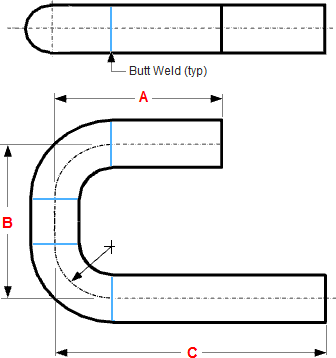
Isometric view
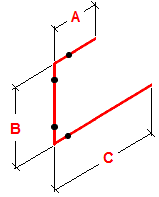
The isometric view shows the same pipe as in the orthographic view
As you can see, this drawing is very simple and quick to implement. The red lines show the pipe, the black dots are the butt welds and A, B and C are the dimensions of front to center line and center line to center line.
The simplicity with which a pipe isometric can be drawn is one reason to made iso's.
A second reason to made isometrics; if a pipe should be drawn in several planes (north to south, then down and then to the west, etc.), orthographic views really not an option. In a orthographic view it is not a problem if the pipe runs in one plane, but when a pipe in two or three planes to be drawn, a orthographic view can be unclear.
Another reason why isos are preferred, is the number of drawings that for orthographic views should be made.
For example.. for a complex pipeline system, 15 isometrics must be drawn. I've never tried, but I think for orthographic views maybe 50 drawings are needed to show the same as the Iso's.
Isometric, Plan and Elevation Presentations of a Piping System
The image below show the presentation used in drafting. The isometric view clearly show the piping arrangement, but the plan view fails to show the bypass loop and valve, and the supplementary elevation view is needed.
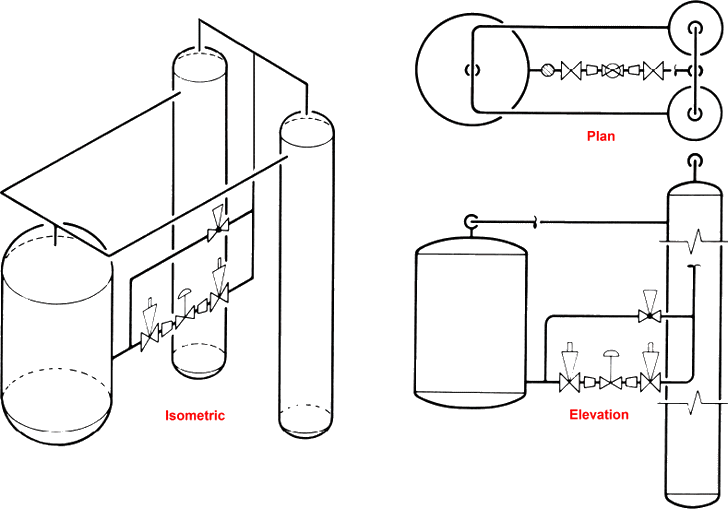
Isometric views in more than one plane
Below are some examples of isometric drawings. The auxiliary lines in the shape of a cube, ensure better visualization of the pipeline routing.
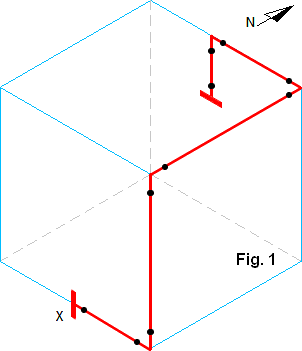
Figure 1 shows a pipeline which runs through three planes. The pipe line begins and ends with a flange.
Routing starting point X
- pipe runs to the east
- pipe runs up
- pipe runs to the north
- pipe runs to the west
- pipe runs down
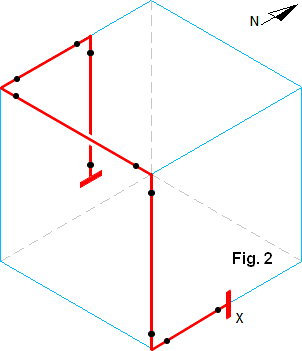
Figure 2 is almost identical to the drawing above. A different perspective is shown, and the pipe that comes from above is longer.
Because this pipe in isometric view, runs behind the other pipe, this must be indicated by a break in the line.
Routing starting point X
- pipe runs to the south
- pipe runs up
- pipe runs to the west
- pipe runs to the north
- pipe runs down
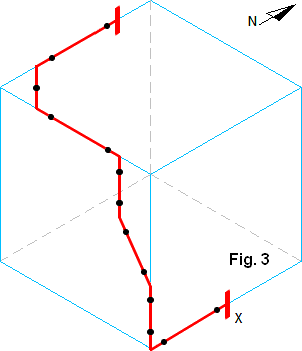
Figure 3 shows a pipe that runs through three planes and in two planes it make a bow.
Routing starting point X
- pipe runs to the south
- pipe runs up
- pipe runs up and to the west
- pipe runs up
- pipe runs to the west
- pipe runs to the north-west
- pipe runs to the north
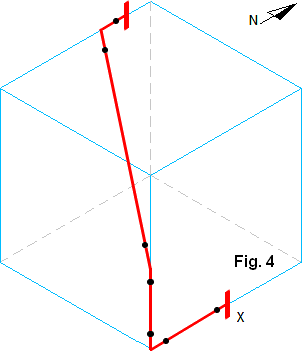
Figure 4 shows a pipe that runs through three planes, from one plane to a opposite plane.
Routing starting point X
- pipe runs to the south
- pipe runs up
- pipe runs up and to the north-west
- pipe runs to the north
Hatches on a Isometric Drawing
Hatches on isometric drawings being applied, to indicate that a pipe runs at a certain angle and in which direction the pipe runs.
Sometimes, small changes in the hatch, the routing of a pipe is no longer the east, but for example suddenly to the north.
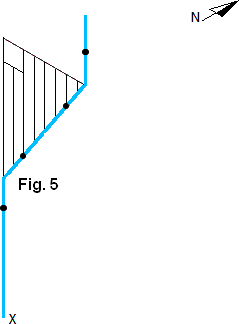
Figure 5 shows a pipe, where the hatch indicates that the middle leg runs to the east.
Routing starting point X
- pipe runs up
- pipe runs up and to the east
- pipe runs up

Figure 6 shows a pipe, where the hatch indicates that the middle leg runs to the north.
Routing starting point X
- pipe runs up
- pipe runs up and to the north
- pipe runs up
The two drawings above show, that changing from only the hatch, a pipeline receives a different direction. Hatches are particularly important in isometric views.
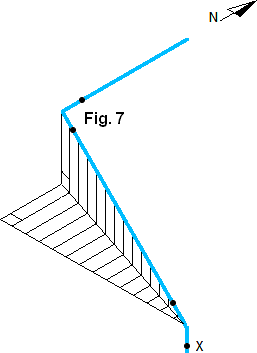
Figure 7 shows a pipe, where the hatches indicates that the middle leg runs up and to the north-west.
Routing starting point X
- pipe runs up
- pipe runs up and to the north-west
- pipe runs to the north
Related Post(s)
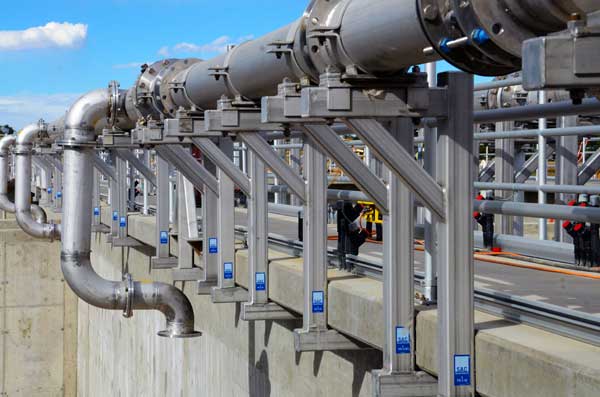
Pipe supports are usually indicated on isometric drawings as a PIPE SUPPORT CALL OUT, and consists...